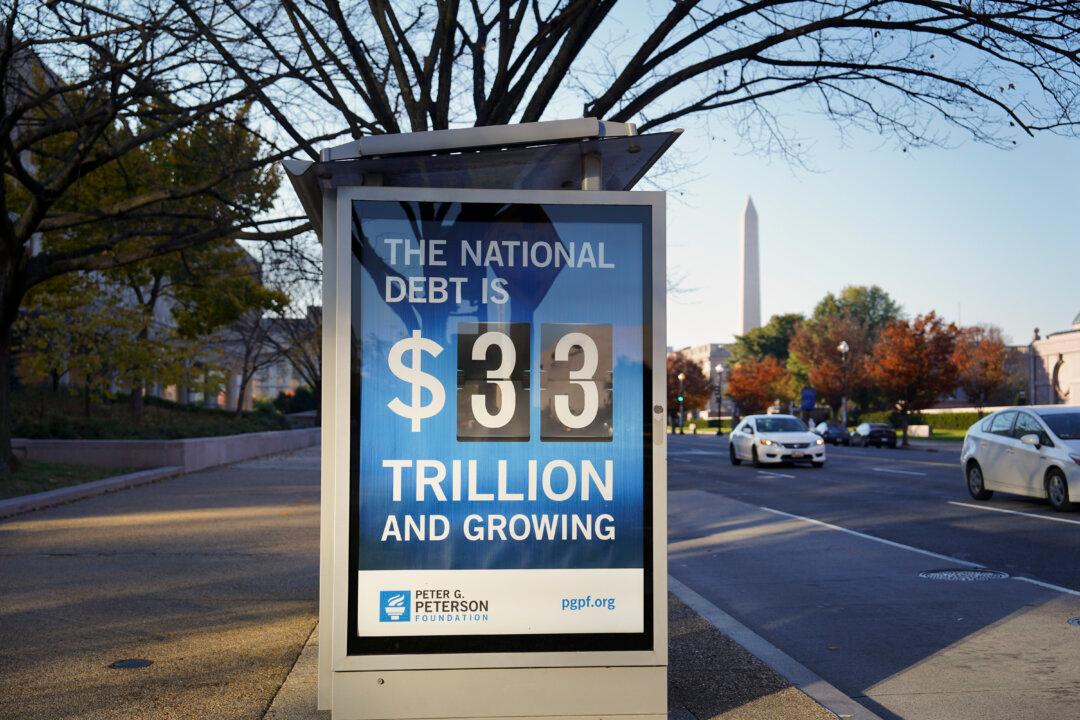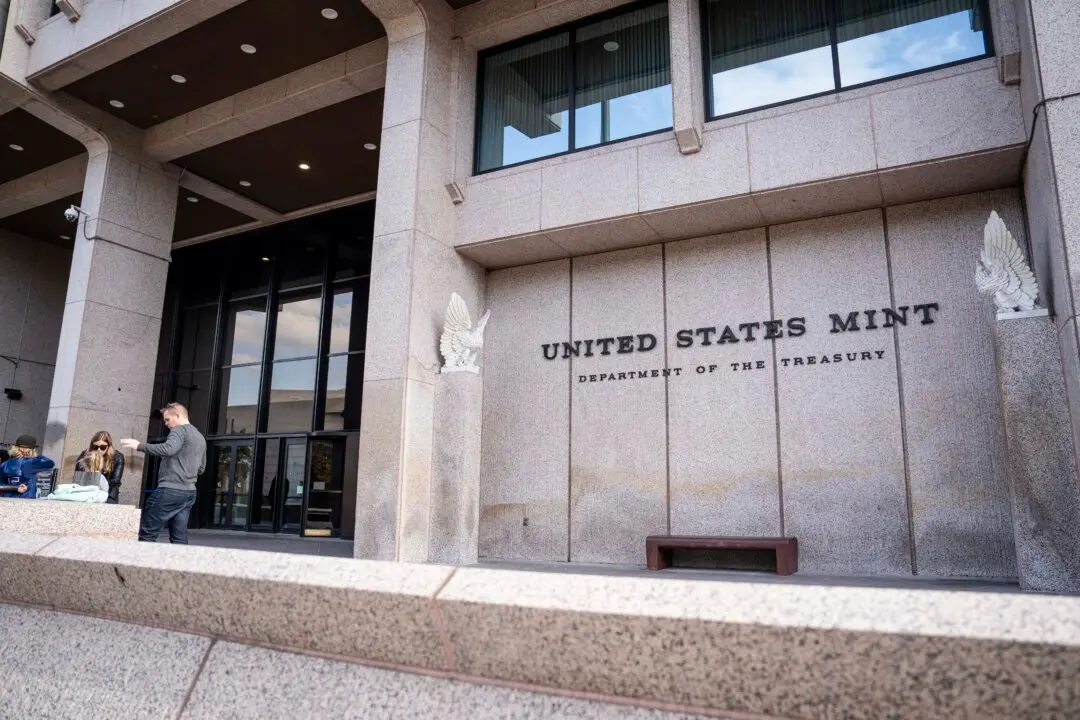The U.S. government recorded a budget deficit of $129 billion in December 2023, up by 52 percent from the same time a year ago, according to new data from the Treasury Department.
In the first three months of the current fiscal year, Washington’s budget gap has soared to $510 billion, up by 21 percent year-over-year.





